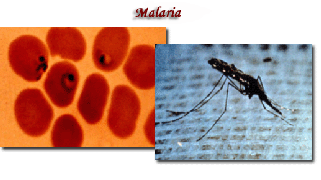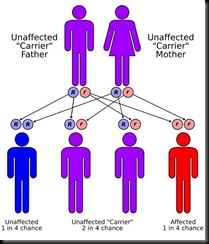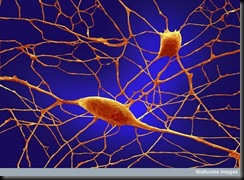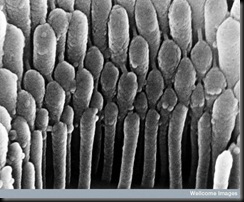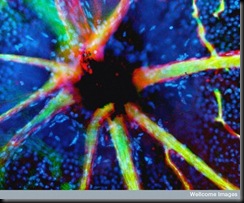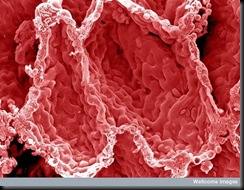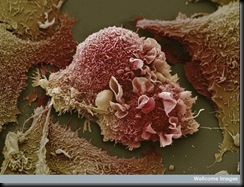Bacteria that normally reside on the skin of healthy people can cause serious infections in premature babies. A group of researchers at the Swedish medical university Karolinska Institutet have now found an explanation for why a certain kind of staphylococcus can attach itself to the skin and quickly develop dynamic ecosystems: the bacteria are like tufted, self adhesive hairballs.
Staphylococcus establishes itself on the child's skin and mucous membranes directly after birth. In healthy adults and children, these bacteria normally live in harmony with the host organism. However, in sick adults or premature babies, they can cause blood poisoning.
The scientists believe that the hair-like protrusions on the surface of the bacteria that have now been identified serve to adhere the bacteria to the host's cells, whereupon they cause infection. They also found that the antimicrobial substance LL37, which is found on the skin (amongst other places) can inhibit the growth of the bacteria, and probably plays an important part in keeping the bacteria flora stable and inhibiting their uncontrolled proliferation.
"We wanted to conduct this research not only to learn more about the pathogenic potential of the bacteria, but also to understand how the child can protect itself from attack by, for instance, enhancing the body's own defences," says Giovanna Marchini, associate professor at Karolinska Institutet and senior physician at the Astrid Lindgren Children's Hospital neonatal section.
Dr Marchini stresses that humans have evolved effective forms of co-existence with certain microbes; for example, the most common intestinal bacteria produces Vitamin K, which we need every day and which is important for the blood's coagulative properties. Bacteria are also necessary for the development of an effective immune defence system. In recent years, these 'beneficial' bacteria have been the object of increasingly intensive study, and are behind the development of the 'hygiene theory'.
"It's thought that the past decades' hunt for disease-causing bacteria means that we now live too cleanly, which has contributed to the sharp rise in allergies and other ‘luxury diseases'," continues Dr Marchini. "Other than wanting to prevent infection in babies, we also think it's an exciting challenge to understand the conceivable health aspects of these tiny, round and tufted skin dwellers.
Source: Sciencedaily










